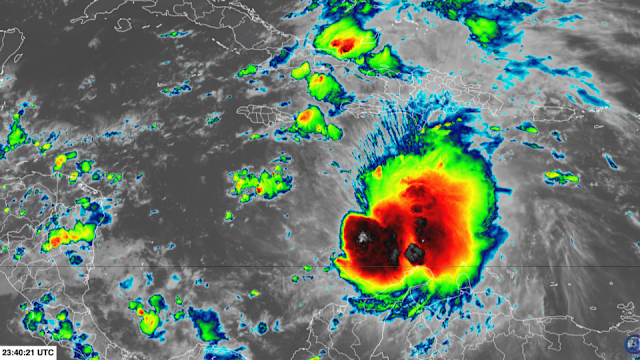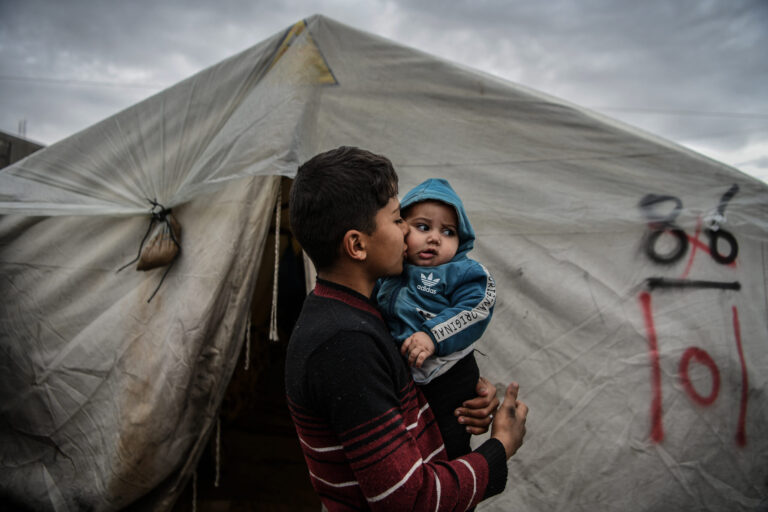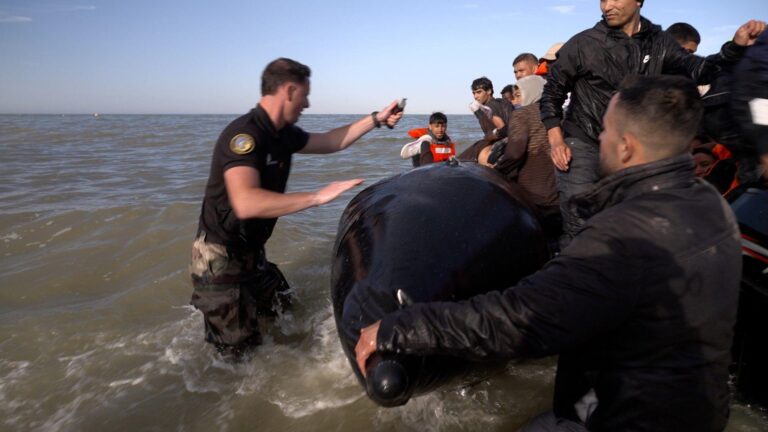Jamaica could face days of hurricane conditions as Melissa set to rapidly intensify in the Caribbean
Jamaica Braces for Potentially Catastrophic Hurricane Melissa
Updated October 24, 2025
Jamaica and several parts of the Caribbean are preparing for what could become a catastrophic, days-long assault of torrential rainfall and destructive winds as Tropical Storm Melissa rapidly intensifies over some of the hottest ocean waters on the planet.
Officials have issued urgent warnings, calling on residents in the storm’s path to prepare for life-threatening flooding, landslides, power outages, and dangerous seas.
Melissa’s relentless rains have already lashed Haiti and the Dominican Republic for several days, flooding roads and triggering landslides. At least three people have been killed in Haiti, two from a landslide, according to the Haitian Civil Protection Agency, while in the Dominican Republic, one person has died and more than 1,000 residents have been displaced or evacuated.
As of Friday afternoon, Melissa was located roughly 200 miles southeast of Kingston, Jamaica, packing sustained winds of 60 mph and moving sluggishly at just 2 mph, the National Hurricane Center (NHC) reported. The storm is forecast to strengthen quickly, with southern Haiti and Jamaica both under tropical storm warnings and hurricane watches.
Meteorologists predict that Melissa will rapidly intensify into a Category 4 hurricane by Sunday, hovering near or just south of Jamaica with violent winds and torrential rainfall lasting into early next week.
Growing Danger Across the Caribbean
Jamaica and southern Haiti are expected to bear the worst of Melissa’s impact, though surrounding nations — including the Dominican Republic, Cuba, and the Bahamas — have also been advised to remain on high alert.
Up to 12 inches (30 cm) of rain or more could drench Jamaica, southern Haiti, and the southern Dominican Republic through early next week, potentially isolating communities for days.
“This is a life-threatening situation,” the hurricane center warned Friday. “Immediate preparations to protect life and property should be taken.”
Jamaica’s nearly 3 million residents are bracing for tropical-storm-force winds to begin late Friday, intensifying into hurricane-force winds over the weekend. Forecasters warn of widespread power outages, fallen trees, and severe structural damage, though the exact timing of the strongest impacts remains uncertain.
Jamaica on High Alert
The Jamaican government has begun emergency preparations across the island. All public hospitals have been placed on “emergency mode” since Thursday night, according to Health Minister Christopher Tufton, to free up space for potential casualties and emergencies.
Airports remain open but could close within 24 hours once a hurricane warning is officially issued, Minister of Transport Daryl Vaz said.
Prime Minister Andrew Holness urged citizens to act swiftly:
“I urge Jamaicans to take this weather threat seriously. You have been given enough notice that (Melissa) is coming and that it could be disastrous, so take all measures to protect yourself.”
After Jamaica, eastern Cuba is expected to be next in Melissa’s path, with destructive winds and heavy rainfall possible by midweek. The Bahamas and Turks and Caicos could also experience storm impacts later in the week.
While a direct U.S. mainland impact appears unlikely, forecasters say the storm could still cause rough surf and dangerous rip currents along the U.S. East Coast next week.
Why Meteorologists Are Alarmed
Several factors make Melissa especially dangerous:
- Slow movement: The storm is barely moving, which means rainfall will accumulate over the same areas for days, increasing the risk of catastrophic flooding similar to Hurricane Harvey (2017) and Hurricane Dorian (2019).
- Mountainous terrain: The steep landscapes of Haiti, Jamaica, and the Dominican Republic will amplify rainfall, forcing moist air upward and producing torrential runoff and mudslides.
- Exceptionally warm waters: The Caribbean Sea’s deep heat reservoir is fueling Melissa’s explosive growth, preventing the cooling effect that typically weakens hurricanes.
As forecasts become clearer, all signs indicate that Jamaica could be ground zero for one of the most destructive hurricanes of the 2025 Atlantic season.
Authorities across the region are urging residents to complete preparations immediately and monitor official updates from the National Hurricane Center and local emergency agencies.




